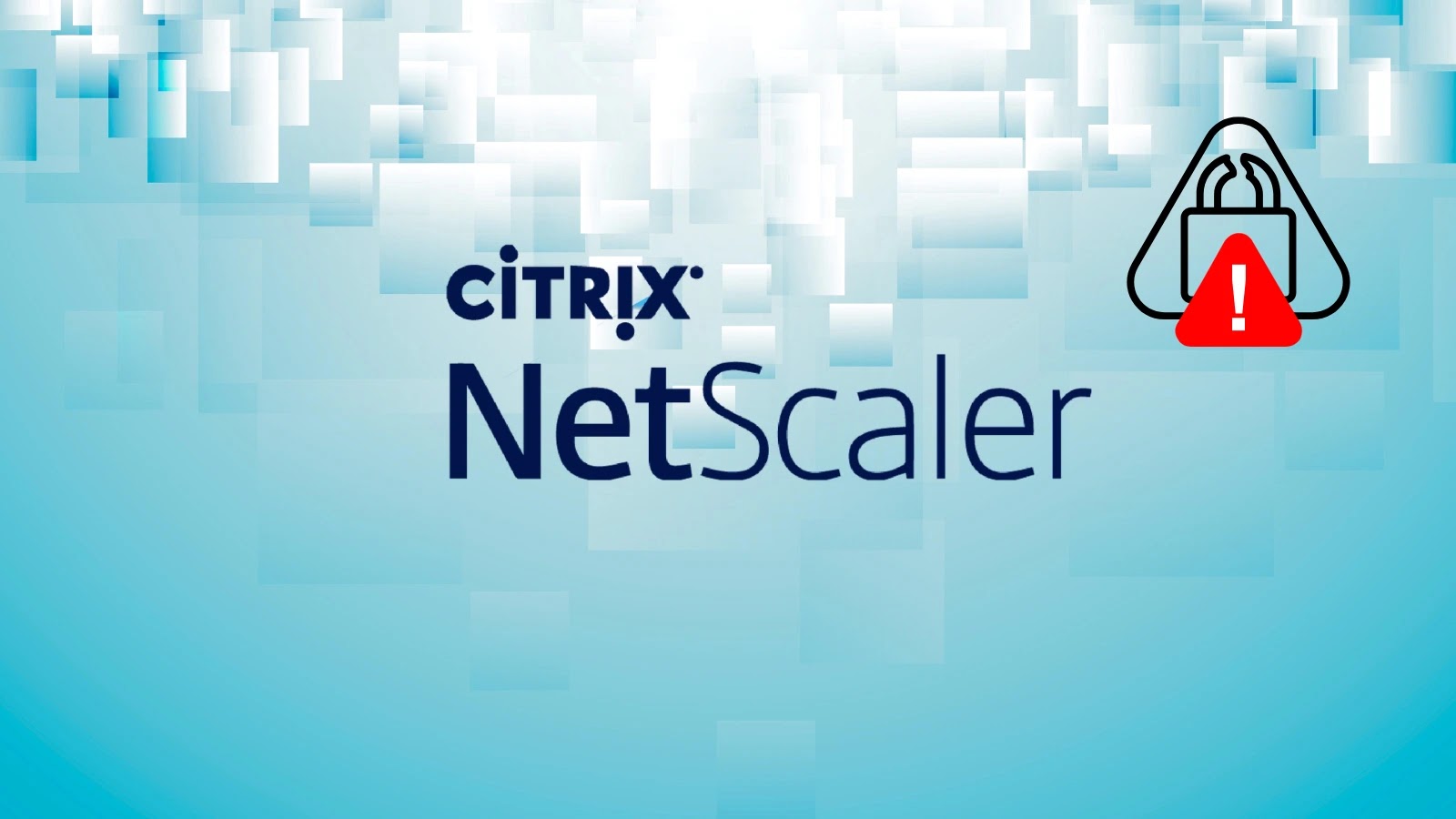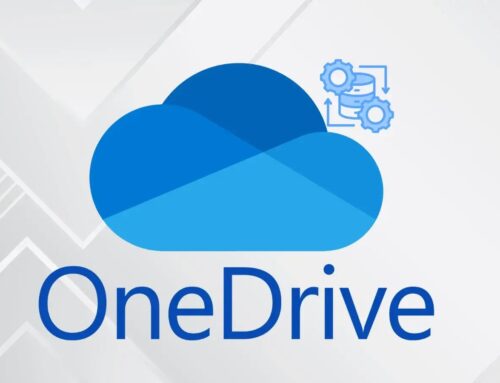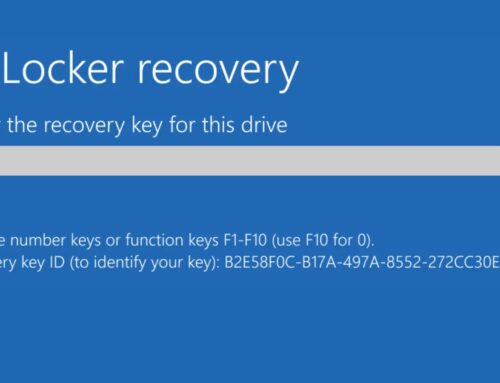
7000+ Citrix NetScaler Devices Still Vulnerable to CVE-2025-5777 and CVE-2025-6543
The digital landscape is a constant battleground, and even with persistent warnings from cybersecurity authorities, critical vulnerabilities often remain unaddressed. A recent alert highlights a concerning situation: over 7,000 Citrix NetScaler appliances continue to operate unpatched, leaving them exposed to two significant vulnerabilities – CVE-2025-5777 and CVE-2025-6543. This enduring exposure presents a substantial risk to organizations relying on these devices for secure application delivery and load balancing.
Despite repeated advisories from Citrix, entries in the CISA KEV (Known Exploited Vulnerabilities) catalog, and detailed alerts from national cybersecurity agencies, including the Dutch NCSC, threat actors are actively exploiting these unmitigated systems on a large scale. This ongoing threat underscores the critical need for immediate action from affected organizations.
The Persistent Threat: Unpatched Citrix NetScaler Devices
The core issue lies in the pervasive lack of patching for thousands of Citrix NetScaler (now Citrix ADC and NetScaler Gateway) instances. Specifically, a concerning number of devices remain vulnerable: 3,312 devices are susceptible to CVE-2025-5777, and a similar count are exposed to CVE-2025-6543. These are not theoretical risks; evidence suggests active exploitation by malicious actors.
The severity of these vulnerabilities cannot be overstated. Compromised NetScaler devices can serve as critical entry points into an organization’s network, enabling data exfiltration, system disruption, and the deployment of ransomware. Given their typical placement at the network edge, these devices represent a prime target for initial access by adversaries.
Understanding the Vulnerabilities: CVE-2025-5777 and CVE-2025-6543
While specific technical details of CVE-2025-5777 and are best obtained from official Citrix security bulletins and the CVE database, their critical nature implies capabilities such as:
- Remote Code Execution (RCE): Allowing an attacker to execute arbitrary code on the affected appliance.
- Authentication Bypass: Enabling unauthorized access to sensitive administrative interfaces.
Either of these capabilities grants attackers significant control over the NetScaler device and, by extension, potentially the entire network it protects. The fact that these vulnerabilities have been cataloged in CISA’s KEV underscores their active exploitation and the immediate danger they pose.
Remediation Actions: Securing Your Citrix NetScaler Appliances
Immediate action is paramount to mitigate the risks posed by CVE-2025-5777 and . Organizations operating Citrix NetScaler appliances must prioritize the following steps:
- Patch Immediately: Apply the latest patches and firmware updates released by Citrix. This is the most critical step to address the vulnerabilities directly. Refer to official Citrix security advisories for specific versions and upgrade paths.
- Isolate and Segment: Implement network segmentation to limit the blast radius if a device is compromised. Ensure NetScaler devices are not directly exposed to the public internet where possible, using WAFs and other perimeter defenses.
- Monitor for Exploitation: Actively monitor NetScaler logs and network traffic for indicators of compromise (IOCs) related to these vulnerabilities. Look for unusual access patterns, unexpected process executions, or data exfiltration attempts.
- Review Configurations: Conduct a thorough review of all NetScaler configurations. Ensure that only necessary services are exposed and that strong authentication mechanisms are in place.
- Implement Multi-Factor Authentication (MFA): Mandate MFA for all administrative access to NetScaler devices. This adds an essential layer of security even if credentials are compromised.
- Employee Training: Educate IT staff and administrators about the importance of timely patching and secure configuration practices.
Tools for Detection and Mitigation
Several tools can assist organizations in identifying vulnerable NetScaler instances and monitoring for potential exploitation:
| Tool Name | Purpose | Link |
|---|---|---|
| Nessus | Vulnerability scanning for known CVEs. | https://www.tenable.com/products/nessus |
| OpenVAS | Open-source vulnerability scanner. | https://www.greenbone.net/en/community-edition/ |
| Shodan | Internet-facing device search, can identify vulnerable versions. | https://www.shodan.io/ |
| Citrix ADM (Application Delivery Management) | Management and monitoring of ADC instances, potentially identifying configuration issues. | https://www.citrix.com/products/citrix-adm/ |
| Network Intrusion Detection/Prevention Systems (NIDS/NIPS) | Detection of exploit attempts and malicious traffic. | (Vendor Specific – e.g., Snort, Suricata, commercial firewalls) |
Conclusion: The Urgency of Patching
The continued exposure of over 7,000 Citrix NetScaler devices to CVE-2025-5777 and represents a significant and avoidable cybersecurity risk. With active exploitation confirmed and repeated warnings issued by leading cybersecurity agencies, complacency is not an option. Organizations must prioritize patching these systems, reinforcing their network defenses, and diligently monitoring for any indicators of compromise. Proactive security measures are the only defense against the persistent threat posed by these critical vulnerabilities.





